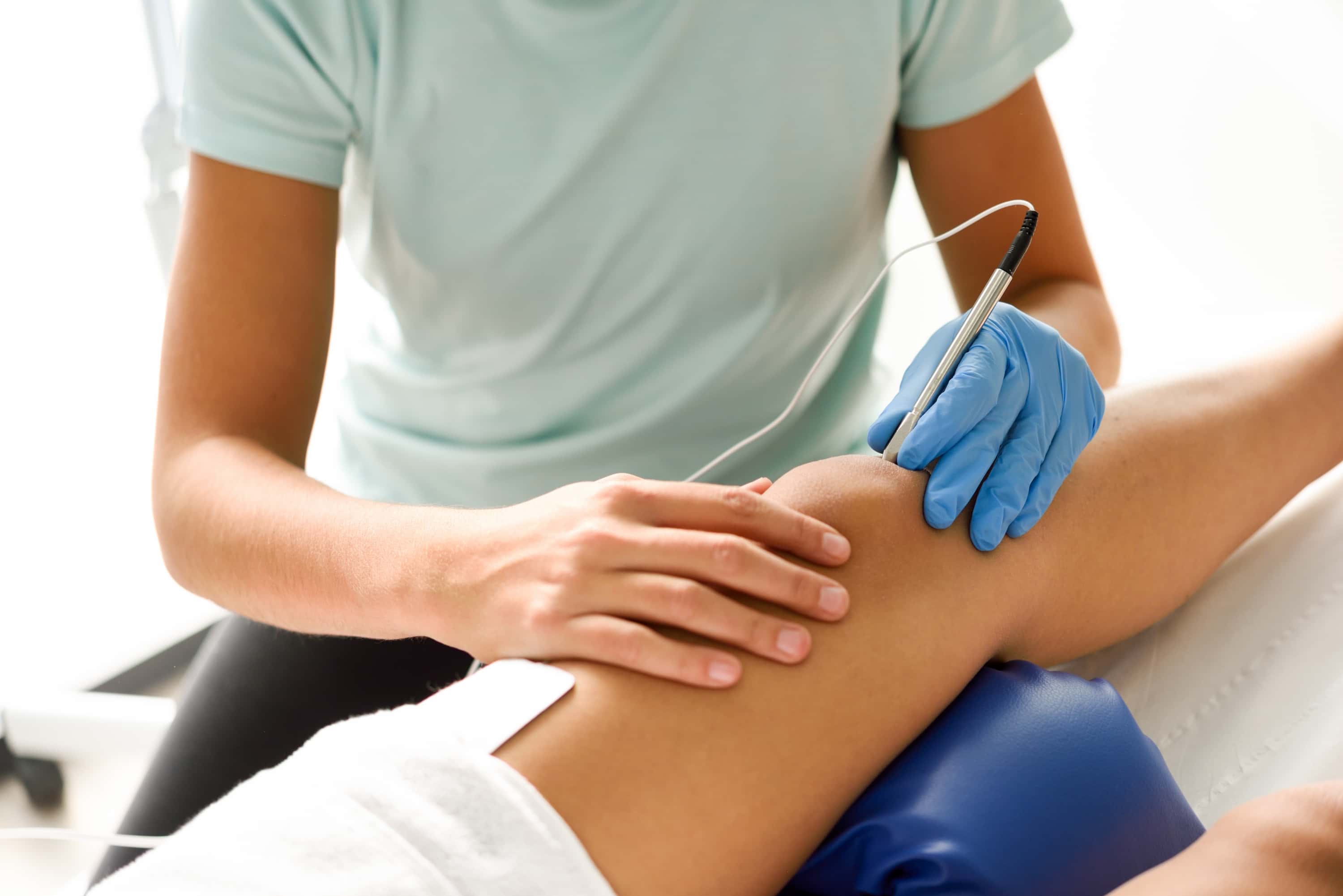
The opioid epidemic and its potential solutions have been a key focus in the medical and political arena. Exploring alternative and adjuvant pain management techniques is vital to decreasing narcotic prescription, and as anesthesia providers it behooves us to familiarize ourselves with these techniques in our continued efforts to provide analgesia to our patients.
One such technique is dry needling of myofascial trigger points, a familiar procedure in the world of chronic pain that is only recently being explored as a useful treatment in acute pain. Centers such as St. Joseph’s University Medical Center in Paterson, NJ (which was recently featured on NPR) have incorporated ultrasound-guided dry needling into programs designed to cut down prescription of opioid medications in the emergency department. Together with regional blocks, lidocaine patches, and other non-opiate adjuvants, St. Joseph’s program is seeing results as it enters its second year. Some ED physicians may go an entire shift without prescribing a single narcotic.
The concept of trigger point dry needling is simple. Myofascial trigger points, defined as “hyperirritable points in skeletal muscle that are associated with a hypersensitive palpable nodule in a taut band,” are targeted with a needle under ultrasound guidance to “break up” or deactivate the point. Local anesthetic may or may not be injected after needling to blunt the pain of the actual procedure. The technique is inexpensive, relatively simple to learn, and carries with it low risks of complications. However due to the poorly understood pathogenesis of trigger points and their associated syndromes, it is not a technique that is widely employed.
Evidence is abundant in the scientific literature for the use of trigger point dry needing for the short-term relief of myofascial pain. A recent meta-analysis reviewed randomized controlled trials from the year 2000 to 2015 and found that trigger point dry needling improved pain relief, range of motion and quality of life in the short term. Long term effectiveness was unclear, as was the effect on amount of analgesic medications taken, disability, and sleep.
Further studies are needed to better elucidate these questions, perhaps with better standardized procedures and higher methodologic quality of randomized controlled trials. For now, the short-term effects of ultrasound-guided dry needling of myofascial trigger points is promising, and may become a useful tool in the treatment of acute and chronic pain.
References
Espejo-Antúnez L, Tejeda JF, Albornoz-Cabello M, Rodríguez-Mansilla J, de la Cruz-Torres B, Ribeiro F, Silva AG. Dry needling in the management of myofascial trigger points: A systematic review of randomized controlled trials. Complement Ther Med. 2017 Aug;33:46-57. doi: 10.1016/j.ctim.2017.06.003. Epub 2017 Jun 15.

